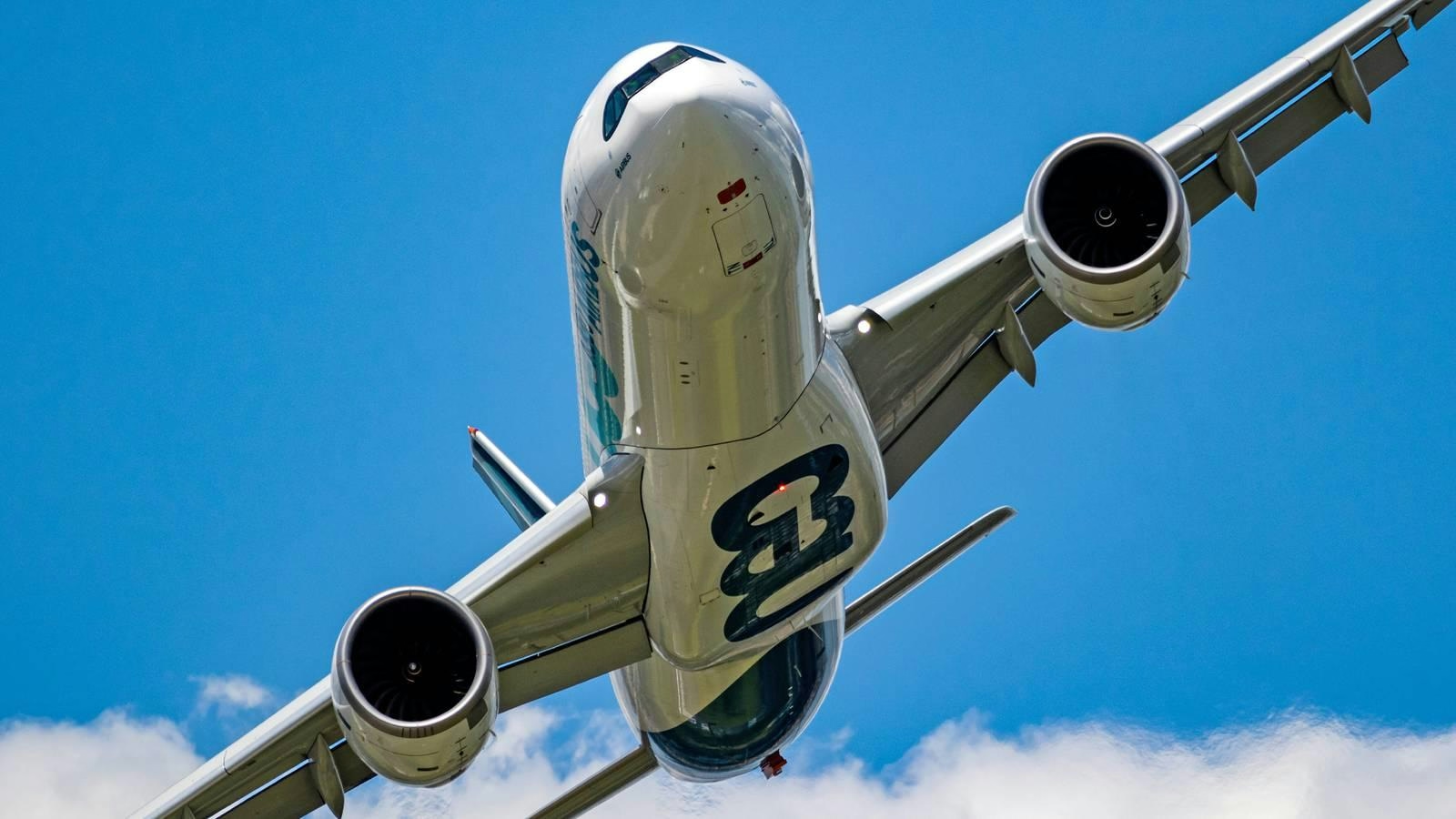
AeroGenie: Su copiloto inteligente.
Tendencias
Categories
Navigating the Shift in Airline Retailing

Navigating the Shift in Airline Retailing
As airlines strive to implement next-generation retailing, they are finding that strategic vision alone is insufficient. The primary challenge lies in effective execution—integrating disparate systems, aligning internal teams, and scaling customer-centric experiences across the organization. According to Skift Research, the airline industry may need to invest between $3 billion and $15 billion over the next decade to achieve comprehensive digital transformation. Despite this, most carriers remain several years away from fully realizing the potential of new “offer and order” platforms, which aim to replace outdated, ticket-based systems with seamless, personalized retailing experiences.
Although there is widespread agreement on the necessity of change, many airlines remain caught in a state of inertia, hindered by aging legacy systems, organizational silos, and shifting strategic priorities. The market itself is evolving rapidly, with consumer behavior increasingly favoring online travel agencies. Platforms such as Booking.com have surpassed traditional agencies like Expedia in flight sales, marking a significant shift in how travelers book and interact with airlines. In response, carriers face mounting pressure to enhance their digital presence and customer engagement, even as fare increases in markets like Canada—driven by limited competition—pose additional challenges.
IBS Software seeks to address these complexities through its dynamic iRetail Experience, an interactive platform designed to guide airline leaders through the retail transformation journey—from exploring new possibilities to implementing actionable strategies. Ben Simmons, Vice President and Regional Head of Europe and Africa at IBS Software, emphasizes that “modern airline retailing isn’t a software sale. It’s a business transformation journey. And it requires engaging across the entire airline organization.”
The High-Stakes Pivot to Offer and Order
Airlines are accelerating efforts to modernize their retail strategies in order to meet evolving passenger expectations and counter the competitive threat posed by digital-first platforms. The industry is moving toward dynamic offer creation, personalized service bundles, and retail-style digital experiences that emulate leading e-commerce brands. However, transitioning to an offer-and-order framework is a complex and high-risk endeavor. Any misstep could disrupt operations, confuse customers, or negatively impact financial performance. Given the diverse range of stakeholders—from board members to frontline agents—airlines must carefully tailor their transformation messaging to address concerns spanning return on investment, IT disruption, usability, and customer service.
Pain Points and Roadblocks
Despite clear recognition of the need for transformation, execution frequently falters due to the complexity inherent in modern retailing ecosystems. Unlike traditional sales models, dynamic offer and order systems demand tightly integrated processes across pricing, servicing, inventory management, and loyalty programs. A single weak link can destabilize the entire operation. Many carriers’ existing infrastructures were not designed to support this level of orchestration. When systems fail to communicate in real time, even routine actions—such as rebooking a delayed flight that includes hotel and car rental components—can unravel the customer experience, often necessitating costly and time-consuming manual interventions.
Marco Contento, Vice President of Aviation Business Services at IBS Software, likens the situation to “a house of cards,” where “any change, like a delayed flight, can collapse the entire itinerary and require manual fixes.”
Leadership fatigue presents another significant barrier. After years of pilot programs and vendor pitches, many executives are reluctant to commit to yet another transformation roadmap without clear, measurable outcomes. At the same time, the sector must navigate regulatory changes and adapt to shifting consumer preferences for more flexible, digital booking options.
As airlines confront these challenges, the path forward will demand not only substantial technological investment but also organizational alignment and a renewed focus on enhancing the customer experience within an increasingly digital marketplace.
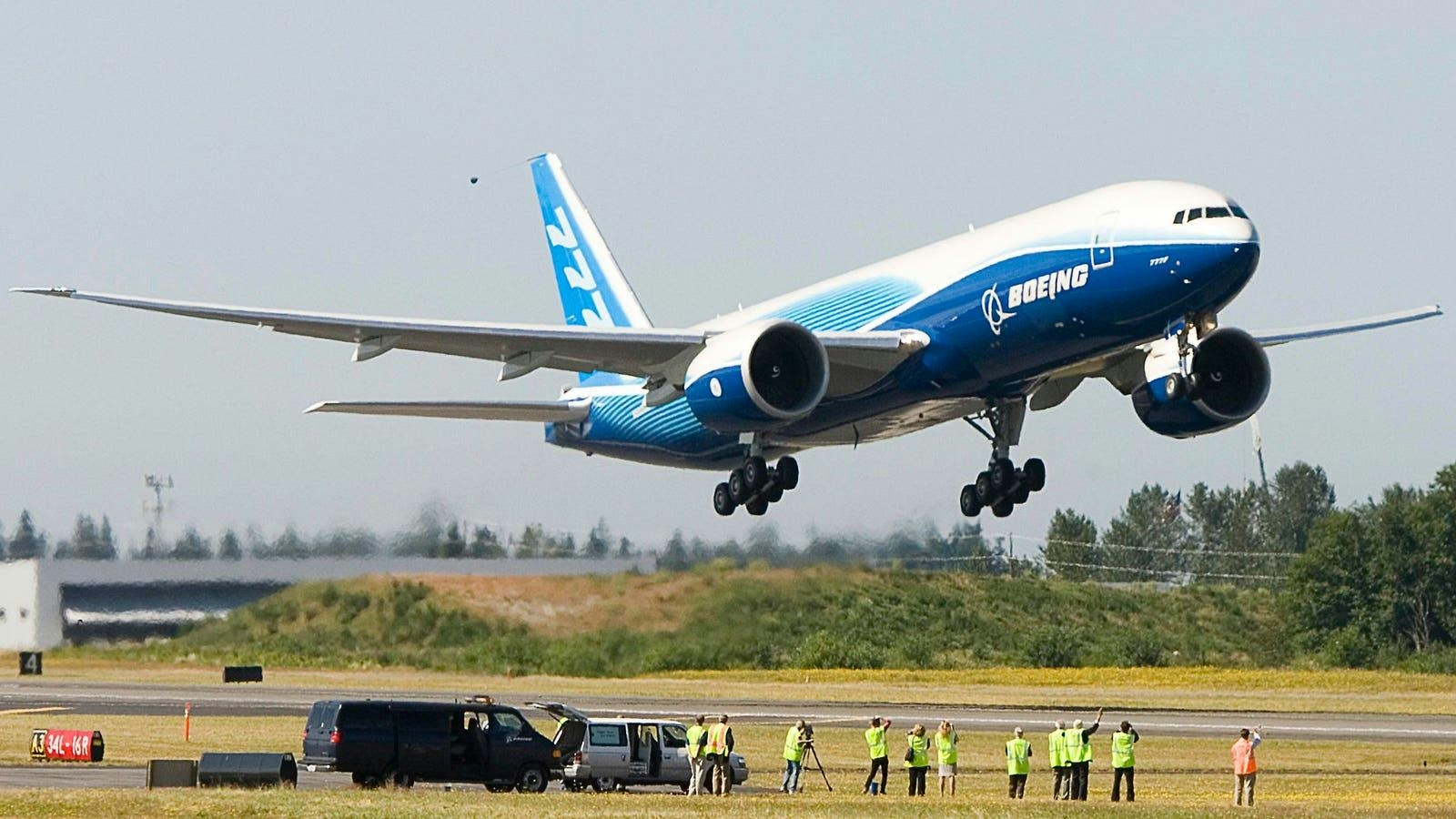
New Aircraft to Succeed the Boeing 777-200LR
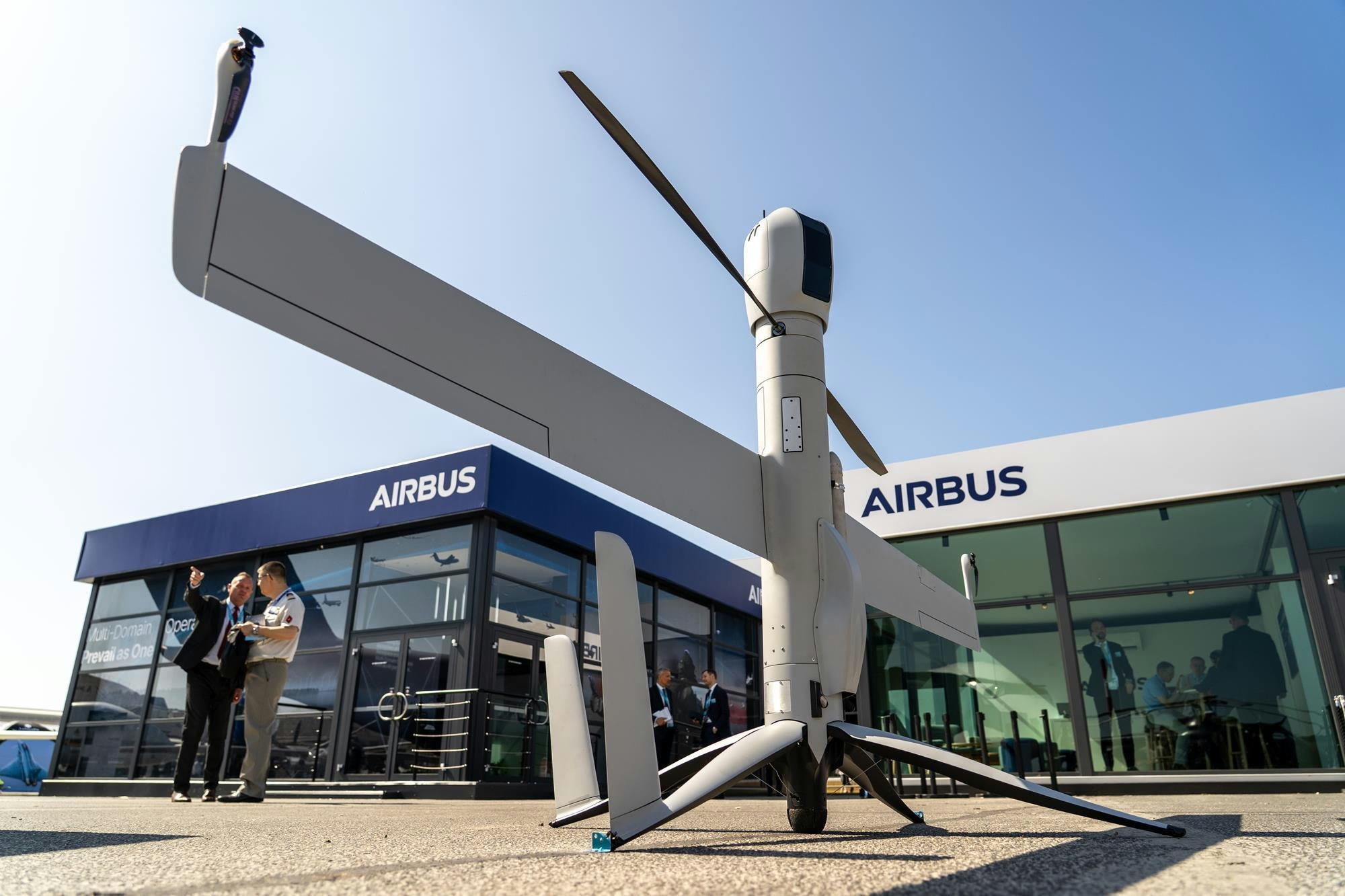
Uzbekistan Becomes First in Central Asia to Order Airbus Flexrotor Drones
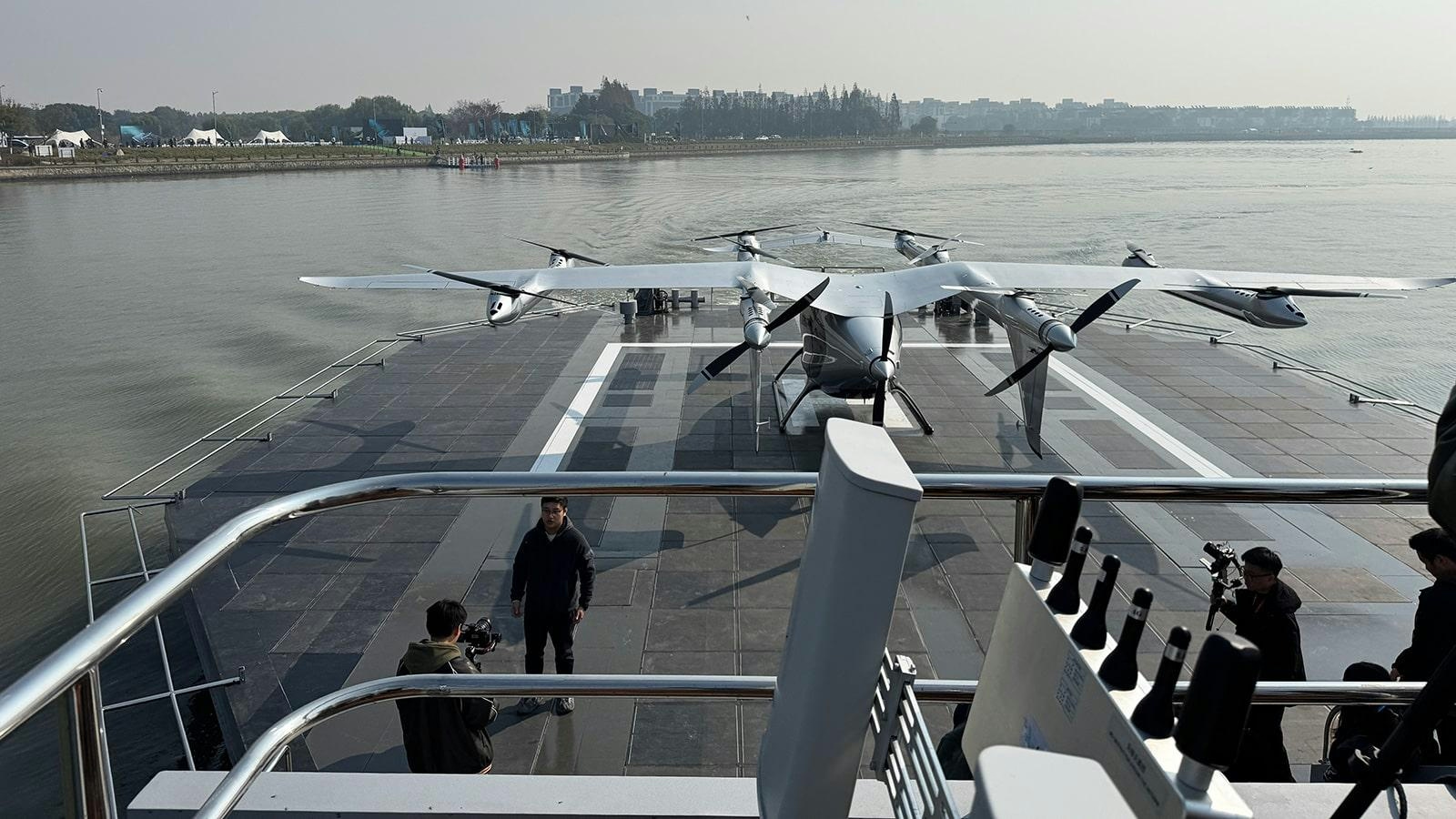
AutoFlight Unveils Zero-Carbon eVTOL Water Vertiport

SmallRig Partners with Photographer Chen Cheng to Advance Aerial Imaging

Aviation Lease Rates Hit Record High
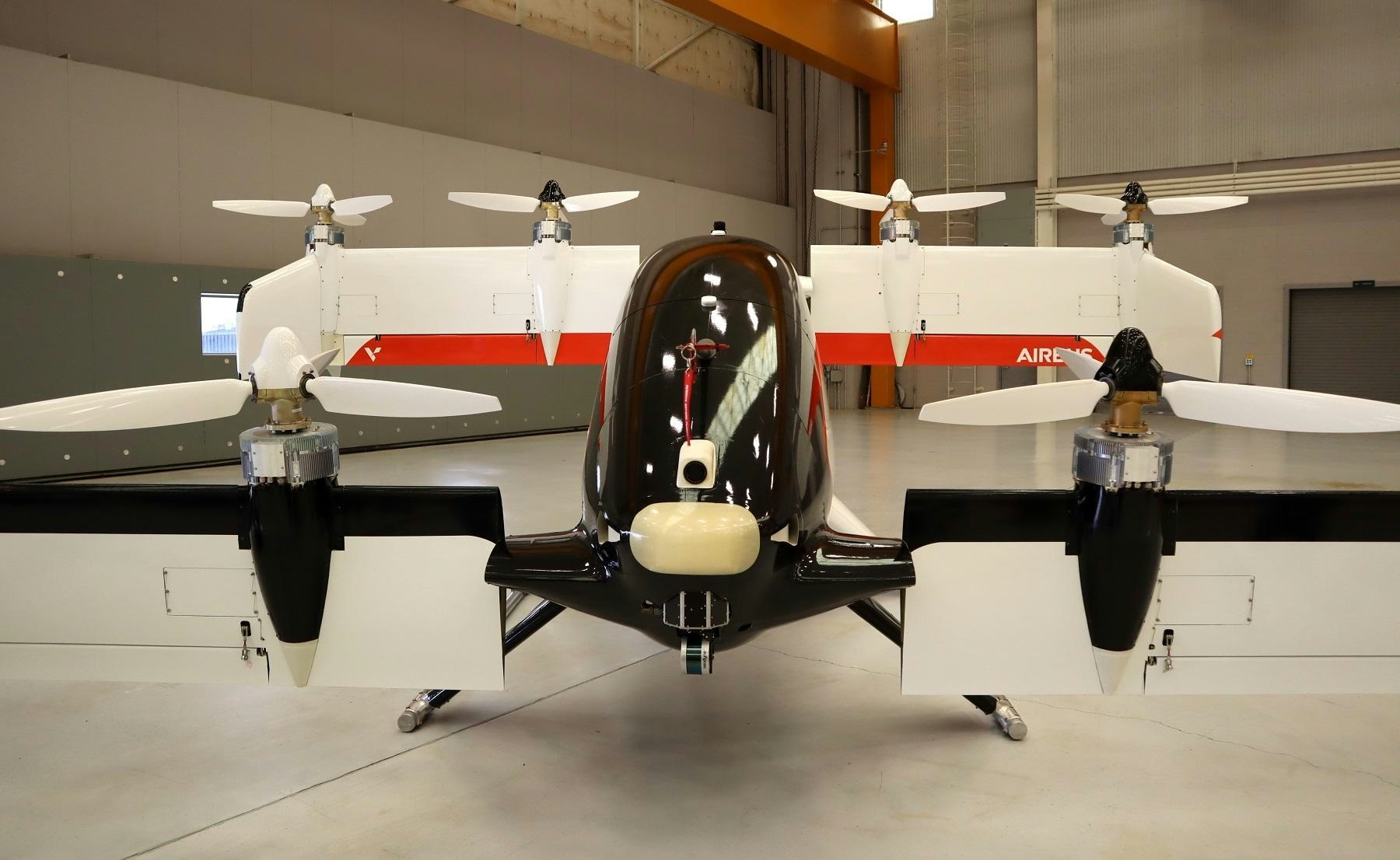
Inside a Four-Seater Flying Taxi Designed for Future Pilotless Flights

Dubai Prioritizes Public Safety Ahead of 2026 Air Taxi Launch

Emirates Airlines Unveils Major Initiatives at Dubai Airshow
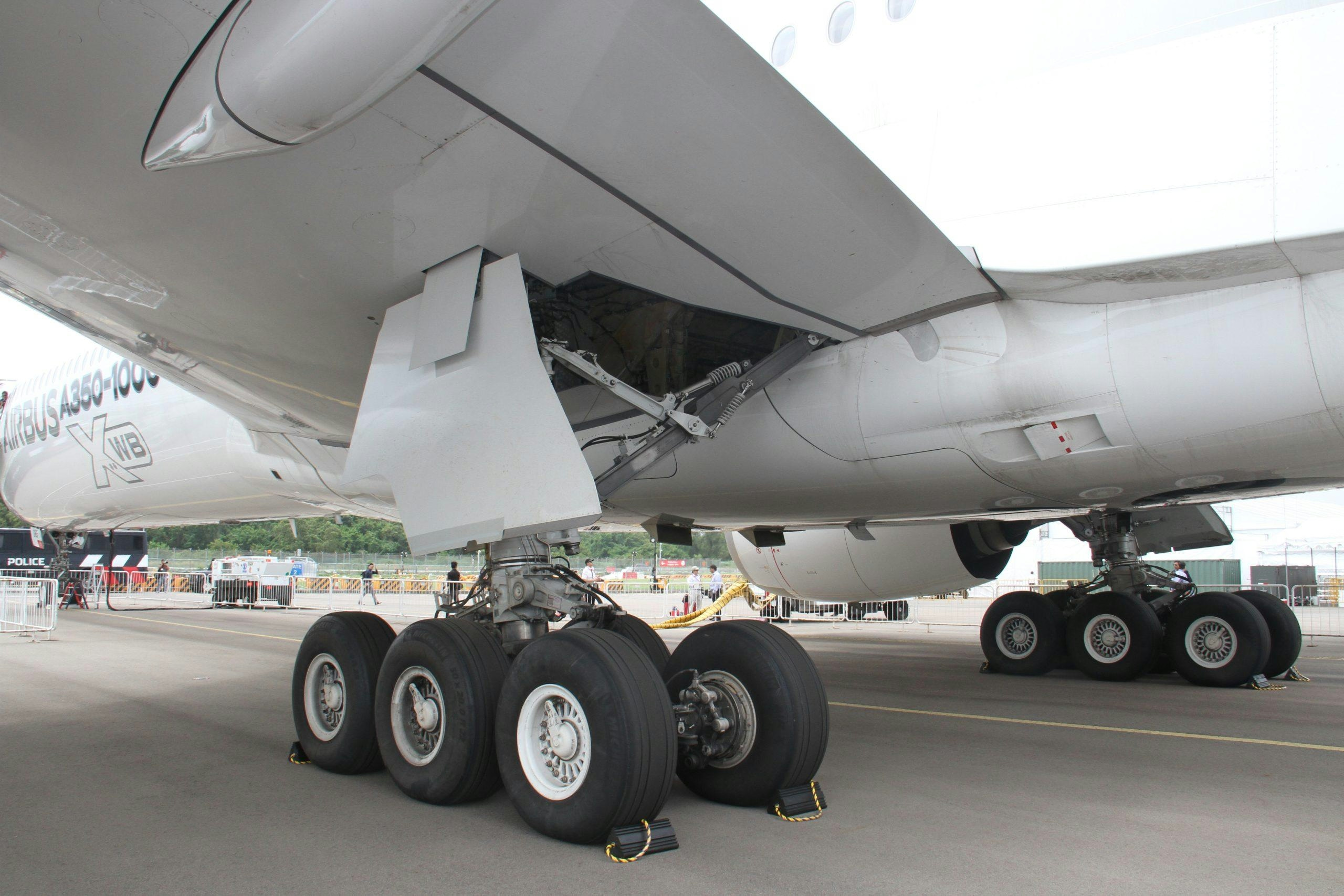
Why Airbus Markets the A350 as a Long-Range Leader
